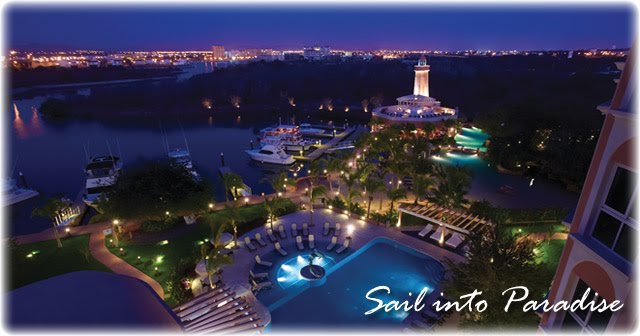
Sinaloa has an amazing biodiversity. The ecosystems vary from offshore islands, wetlands (which are confined in the more of 650 Km. of cost line), deciduous and sub-deciduous forest, pine-oak forest, etc. It is in the deciduous forest where the highest concentration of an impressive plant biodiversity remains, and many of them are endemic species. Such is the case of the gorgeous pink orchid Barkeria Dorotheae that blooms during the rainy season in the most rugged areas of the Western Mountains Ranged or Sierra Madre Occidental. This orchid belongs to genus that has 15 species of epiphyte orchids which are found in Mexico, Guatemala, Costa Rica and Panamá. Epihyptes have well developed roots which attach themselves to a tree for support and also to benefit from the tree’s nutrients. I have seen these orchids grow on a palo de Brasil tree but they also are found on the Tecomate tree. The large green fruits of the tree make a striking contrast with the intense pink of this orchid. It is believed that orchids are eternal since in nature the life of the orchid is connected with the tree that houses them. There are known plants that were connected half a century ago and they are still growing healthy and flowering in many collections.
Another colorful flower that makes their presence in the deciduous forest is the poinsettia belonging to the genus Euphorbia spp of the Euphorbiaceae family. The Spanish name is Nochebuena (Christmas Eve) and is given since the flowering coincides with the Chistmas season. This flower is native from Mexico and it can be known by the following names as well: Pascua, Sijoyo, Flor de Bandera or flor de Santa Catalina. It blooms from November to February in the most humid areas with the abundant vegetation such as cliffs and Canyons. This shrub can grow between 3 and 5 meters and the intense reddish leaves often captives the observer. This flower became known to the rest of the world during the colonial era when people would adorn the Churches during Christmas services.
During the dry season on the edge of the hills you can see the bright flowers of the Rosa Amarilla and Clavellina trees. The bark of the Rosa Amarillais in demand by folk healers and many people of the communities use the same tree to cure diabetes and other illnesses. Wildlife such as the White-tailed deer benefit from the flowering trees and loves to snack on the Clavellina and Palo Alto flower.
The spider water lilies flower during the rainy season. This exotic plant is strictly aquatic and can be admire along the river banks and streams.
This is just a small sampling of the exuberant botanical beauty that Sinaloa possesses and some of the flowers that you may see in the deciduous forest. There is always something new to see and admire when we enter the rugged mountains of our State. The orchids are protected by PROFEPA, SEMARNAT or CONANP (Government organizations). Sinaloa is caring more for the environment and organizations are looking to create and preserve more wildlife in areas where there is high biodiversity.
One of the great things about Marina Costa Bonita Villas Resort is the preservation of the natural vegetation more than that, it plays an important roll in the landscape and design to make a Resort environmental friendly. The previously existing trees and plant were keep so it was the natural habit of many species. To learn more about it visit: http://www.marinacostabonita.com


















